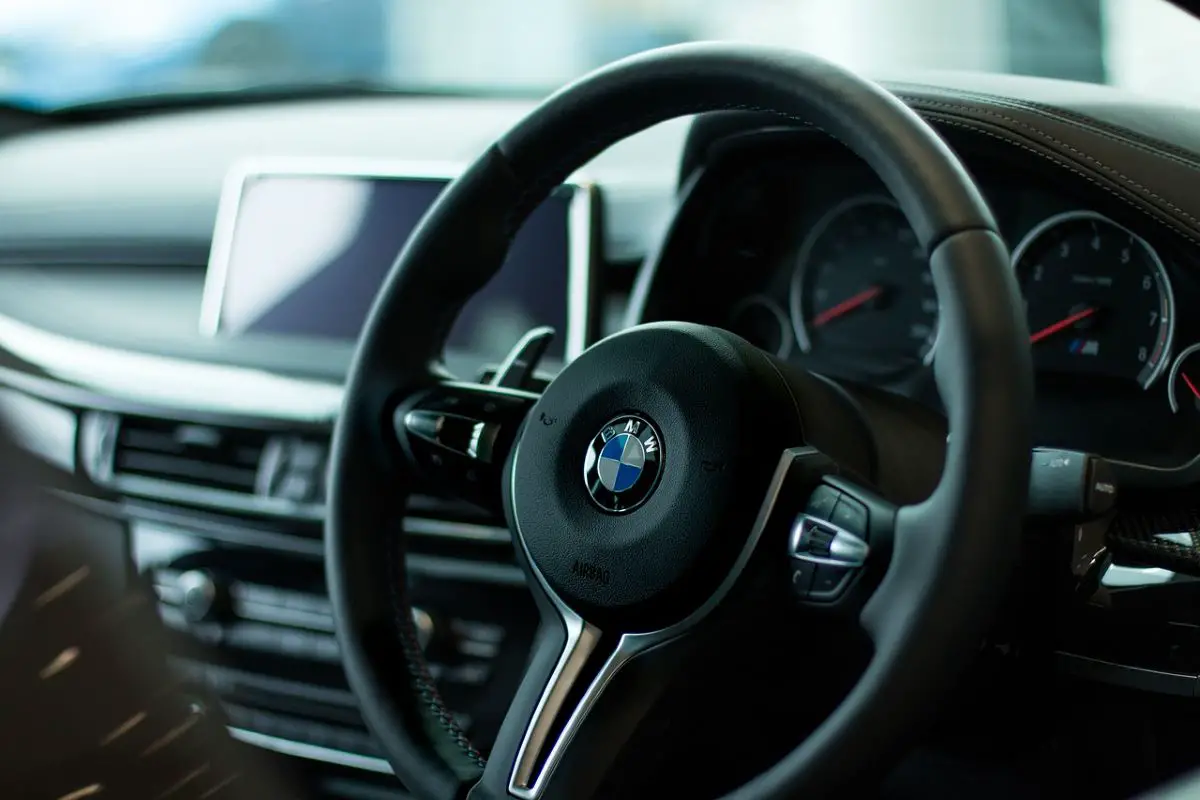Bayerische Motoren Werke GmbH is what BMW stands for, and this roughly translates into the Bavarian Engine Works Company. The company takes its name from the state of Bavaria in Germany, where it originated. Additionally, it refers to the company’s original product line: engines for various applications.
Founded in 1913 by the Rapp-Motorenwerke GmbH, BMW AG today is an offshoot of the company. Rapp supplied the air force of the German Empire during the First World War. During this period, automobiles had not yet penetrated the mainstream. In days gone by, the train was the way to travel long distances on land.
How Did BMW Get Its Name?
You know what BMW means, and since Bayerisch means Bavarian, you know where the company came from! However, you may still wonder how this name earned the renown it has today. With over 100 years of experience, Bavarian Motor Works has built some of the most prestigious cars, motorcycles, SUVs, and aircraft engines in the world.
BMW is a German automaker that hails from the state of Bavaria and has its origins in an aircraft engine manufacturer founded in 1913 by Rapp-Motorenwerke. German air force engines were supplied by Rapp during the First World War when there were very few cars on the road.
BMW began manufacturing motorcycles in 1923 before switching to automobile production in 1928. BMW’s switch followed its acquisition of the Automobilwerk Eisenach automobile company, after which it began making a license-built version of the British Austin 7 called the BMW 3/15.
BMW once again became a major aircraft engine builder during World War II, and for several years afterward, enforced restrictions prevented the company from manufacturing items other than basic household appliances.
The 501 was BMW’s first car after the war, a luxury saloon that could seat up to six people and featured a six-cylinder engine. The 501 was a milestone in the history of BMW’s modern road cars, but it was an expensive car during an era when there were few wealthy people to buy one, so few were sold.
In 1959, BMW was close to bankruptcy and was acquired by Daimler-Benz, a decision that would have radically changed the course of automobile history. To capitalize on the success of the rear-engined BMW 700 model, Herbert and Harald Quandt invested heavily in BMW.
As many have observed, the introduction of BMW’s ‘Neue Klasse’ (New Class) in 1962 marked the beginning of the company’s path to becoming a leading manufacturer of saloon vehicles. This car had independent front and rear suspensions along with front disc brakes. This was the first BMW to feature the Hofmeister kink – a rear window column design that’s become a signature of nearly all modern BMWs. Next came the era when the famous BMW slogan ‘ultimate driving machine’ was introduced. BMW introduced the phrase as part of an advertising campaign in the Seventies. It has become synonymous with the brand name ever since.
The BMW Badge
BMW’s ropel badge is said to represent a spinning propeller or an aircraft engine with blue and white quadrants. Although it’s a reasonable hypothesis given BMW’s early history, the real reason is quite different. BMW inverted the state coat of arms to avoid violating the ban on using a state’s coat of arms on commercial products.
It was also not until BMW used aircraft propellers in some of its earliest advertisements that it tried to dispel the propeller myth.
What Does The BMW Logo Mean?
BMW cars and SUVs would not be complete without their iconic blue and white logo, but what does it mean? Clearly, the colors and patterning are inspired by the Bavarian flag. However, for many enthusiasts, that’s not the whole story:
- A number of enthusiasts and experts have suggested over the years that the BMW logo represents an airplane propeller spinning against a clear blue sky.
- According to official BMW representatives, these similarities are just “happy coincidences.” Regardless, it’s great to see this harkens back to the brand’s roots as a manufacturer of aircraft engines.
A new BMW logo was also unveiled in 2020! This will be a welcomed change for BMW fans! BMW’s simpler, flatter design reflects a general turn towards minimalism as a sign of luxury and quality. A trend that they already follow in their vehicles.
What Does The BMW Slogan Mean?
BMW customers probably already know that their vehicles are “The Ultimate Driving Machine.” “The Ultimate Driving Machine” is a slogan that originated in North America back in 1974. The product line was developed by former executive vice president of global sales and marketing Bob Lutz. It immediately gained a strong following among American consumers.
What other BMW slogans have there been in English? Over the years, several alternatives have been proposed and tested, but none have lived up to the expectations! Are you familiar with the lines, “Joy is BMW” or “Sheer Driving Pleasure”? After each slogan ran for a short period around 2010, BMW recommitted to the slogan that’s still used today.
Some Of The Most Famous BMW Nicknames
Beemer
BMW motorbike and motorcycle racing fans coined the nickname ‘Beemer’ (sometimes spelled ‘Beamer’) in the UK in the 1960s. Due to its only two syllables instead of three, ‘Beemer’ is easier to say in English than ‘BMW’.
Bimmer
BMW cars became very popular in the US during the 1970s, and fans used the word ‘beemer’ as well. Yet, a newsletter for a BMW car club in Boston had the title ‘Bimmer’, and a magazine published by BMW enthusiasts also had the same title. Promoting the use of this nickname.
Bao-ma
BMW owners in China refer to their cars as ‘bao-ma,’ which is Chinese for a ‘precious horse’. In Chinese culture, horses are considered sacred, symbolizing a competitive advantage over rivals.
Conclusion
Now you know what the famous BMW stands for. If you would like to experience what it feels like to drive one or be in one, get yourself a BMW beast to experience the epitome of luxury!
You May Like These Articles As Well:
What Color Is Transmission Fluid? Everything You Need To Know
How Long Can You Drive On A Spare Tire? Tips About Spare Tires
 Being Human
Being Human




